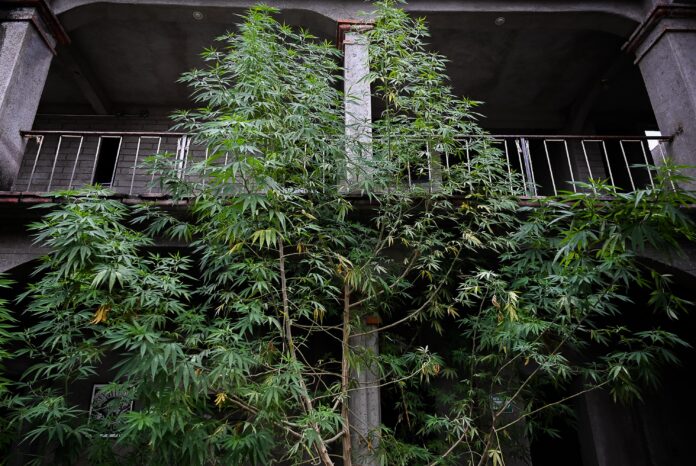Club Botánico Rosa María is a beautiful new space in Oaxaca city that celebrates all things cannabis. The club for registered users in downtown Oaxaca city is aimed at adults seeking a safe and peaceful space to exercise their right to consume cannabis and access current information about the plant in Mexico. Here, you can learn about the uses, history and benefits of the plant, as well as have a space to enjoy it in its various forms.
Walking in through reception, you walk by beautiful murals and a pool table and into an open space with tables and chairs in the shade of towering cannabis plants. This is where I met with club founder and cannabis expert Daniel Ramírez López, part of the agrifood consultancy firm Coagro. Although I’m not much of a weed smoker myself, Daniel found all kinds of products that were more to my taste, including a cannabis-infused mezcal.
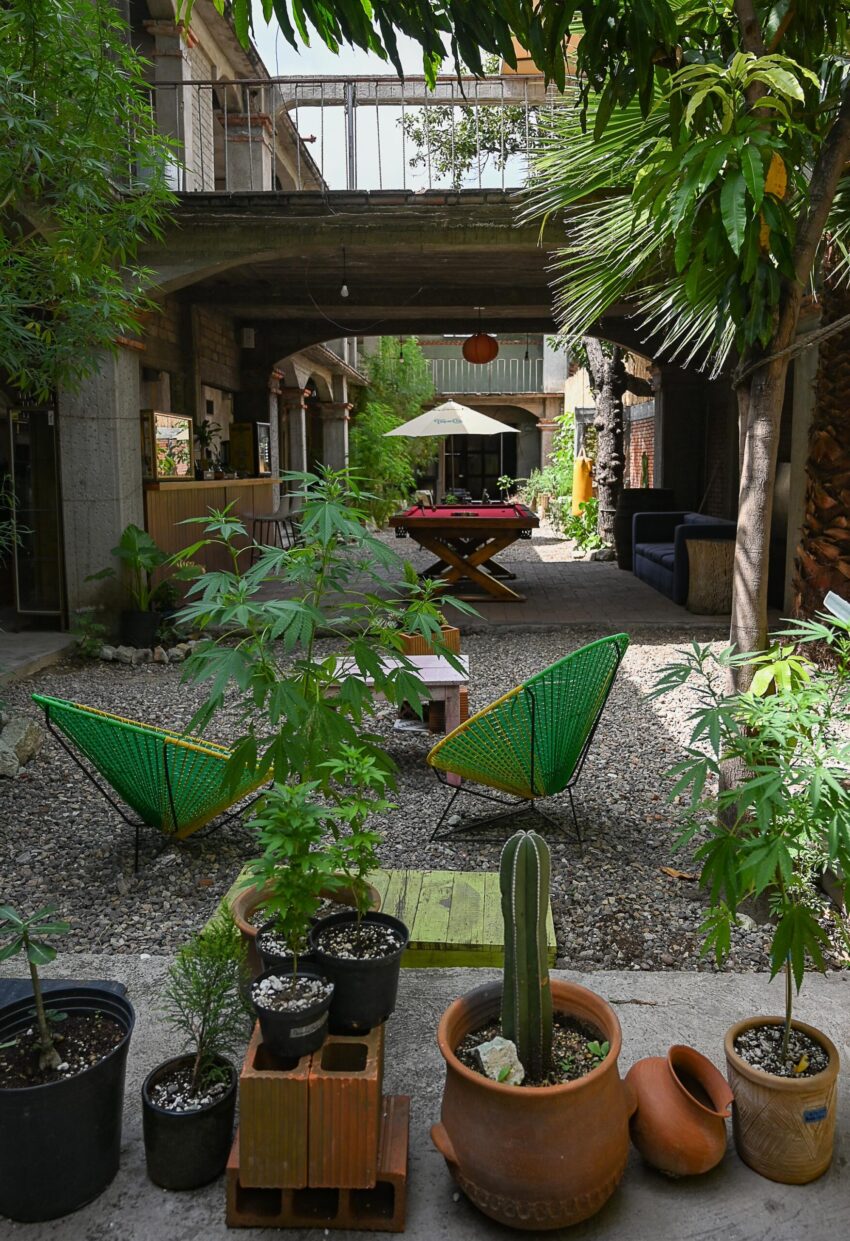
Oaxaca’s most iconic drink has a long history of being infused or distilled with cannabis, often for healing, where the liquid is used topically to soothe aches and pains. Beyond recreational consumption, cannabis has medicinal uses and industrial uses in fibers and oils.
The history of cannabis in Mexico
Endemic to Asia, the plant has been used for thousands of years. It was introduced to the Americas by European colonizers.
Since around the mid-19th century, the Pharmaceutical Society of Mexico had classified cannabis as a plant with medicinal uses, with doctors prescribing the plant’s sativa species as a diuretic while the indica species, also known as Rosa María, was attributed calming and hypnotic properties.
By the end of the 19th century, Mexicans’ perception of cannabis had changed. People began to consider it harmful, even dangerous. At a federal level, the Health Code of 1892 established that it could only be sold by apothecaries and pharmacists. By the 1920s, marijuana was a prohibited substance nationwide.
In 2017, then-President Enrique Peña Nieto issued a decree to regulate cannabis. His decree removed cannabis from the list of prohibited substances in the General Health Law and placed it in a different category, defining it as having “some therapeutic value.” These changes legalized medicinal and industrial cannabis with less than 1% tetrahydrocannabinol (THC) in the Federal Penal Code.
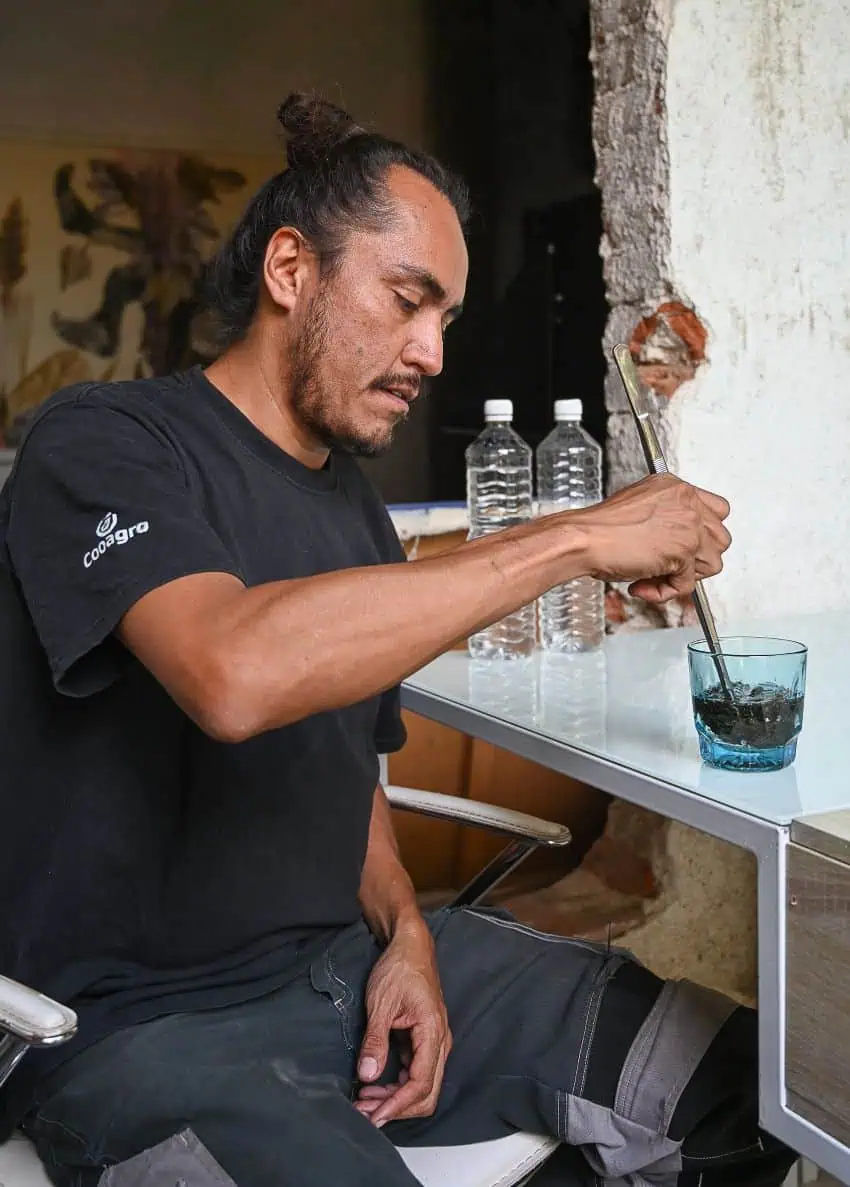
Article 290 of this decree states that products containing cannabis derivatives in concentrations of 1% or less of THC and that have broad industrial uses may be marketed, exported and imported in compliance with the requirements established by health regulations. In accordance with Article 290, the Ministry of Health granted authorization to import cannabis, exclusively to those with a license.
A final paragraph added to Article 198 of the Federal Penal Code stipulates that cannabis cultivation cannot be penalized when it is carried out for medical and scientific purposes.
Daniel explains that in 2018, Mexico’s Supreme Court reviewed the case, leading to further concessions allowing for cannabis use. On June 28 2021, the topic of the recreational use of marijuana was raised in the Supreme Court. This led to the decision that “it is unconstitutional to prohibit consumption and other activities related to cannabis.” The court has repeatedly ordered Congress to regulate recreational consumption, but the body has failed to do so for several years.
According to Ramírez, it is now possible for all citizens to submit a request to the Ministry of Health for a recreational use permit.” Unfortunately, he says, “this permit is often denied under bureaucratic and administrative pretexts.”
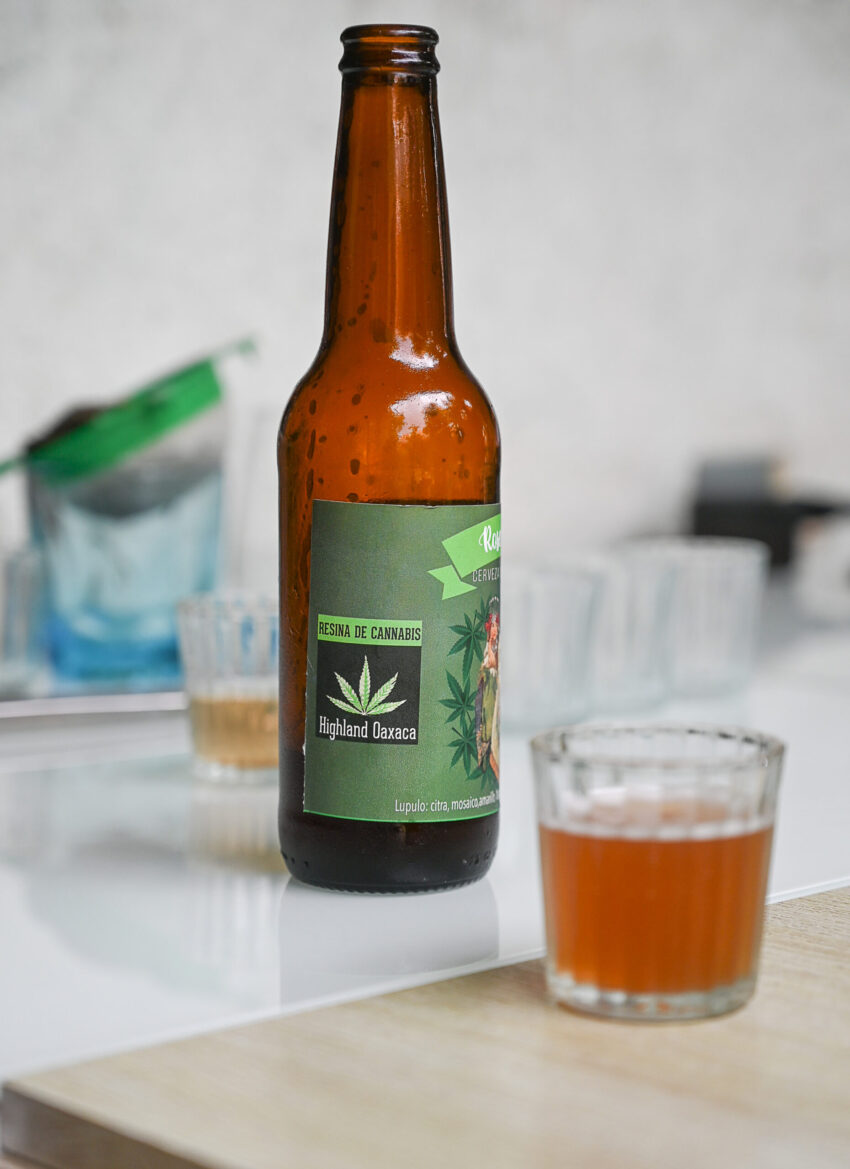
Cannabis puts down roots in Oaxaca
In accordance with the national health regulator Cofepris, individuals over 18 years of age may now possess up to 28 grams of cannabis and cultivate up to six plants on their property. In 2022, cannabis publication Leafly reported that Oaxaca city became the first municipality in Mexico to explicitly permit the consumption of cannabis in broad daylight, although consumers were advised to stay away from public areas.
In 2022, 26 Oaxaca Indigenous communities received permits to grow and process cannabis for medicinal purposes. Oaxaca Association of Indigenous Cannabis Producers (Aipco) President Roberto Carlos Cruz Gómez explains that Oaxaca state has a “geographical location that allows for the best conditions for the cultivation of this plant.”
A home for cannabis aficionados in Oaxaca city
Despite official statements in support of cannabis use, the plant remains in a legal gray area, which can lead to unpredictable prices and local reactions. This makes the Rosa María club an oasis for safe cannabis exploration. Here, visitors can learn the best way to buy and use the plant from experts sharing their knowledge in a safe environment.
On my first visit to the club, Daniel Ramírez showed me the numerous rooms around Rosa María’s beautiful courtyard, including a kitchen, gaming room and small experiential grow space. There’s also a museum displaying extensive samples of the plant, different methods of processing and consuming it and books and photos on the history of cannabis.
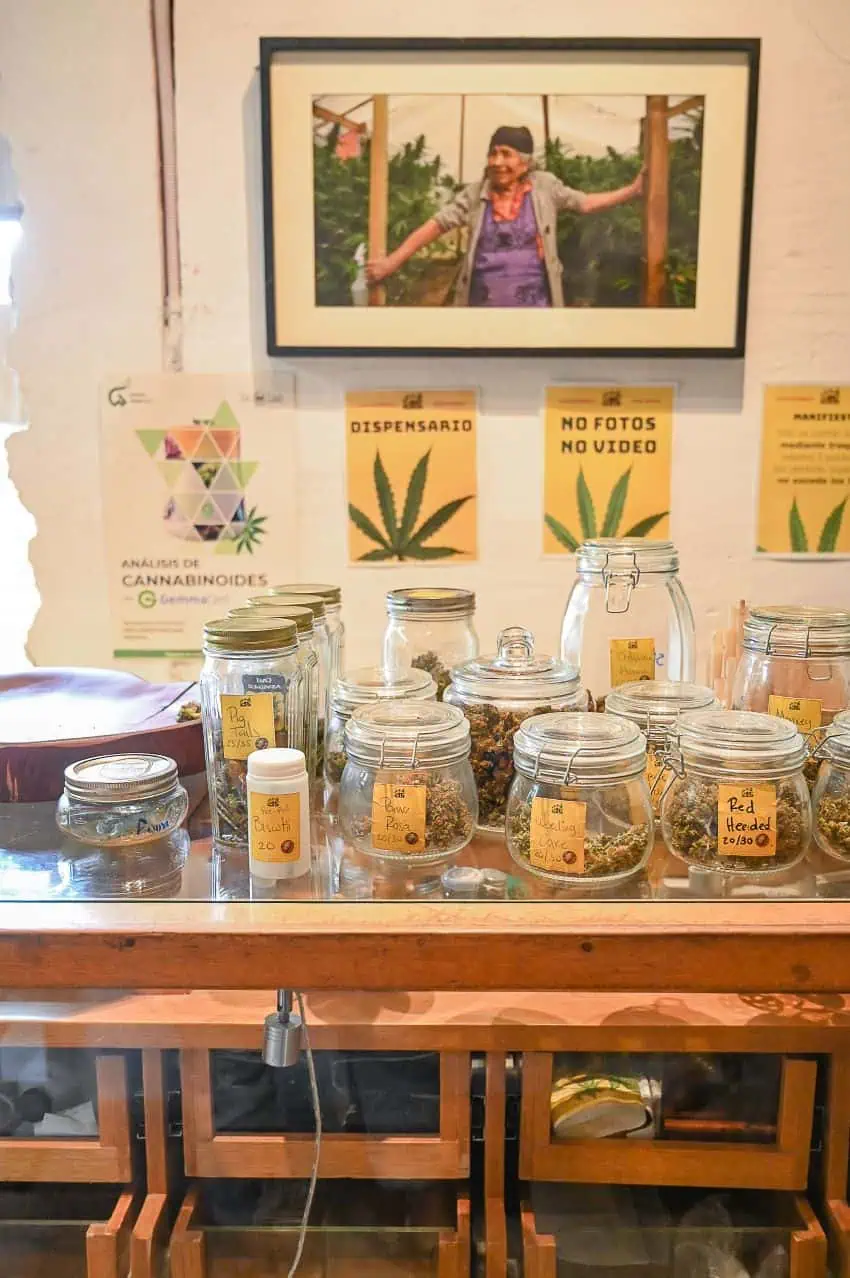
The club also offers various courses. These include one on how to grow cannabis plants, with a new topic each week — from seed selection to harvesting and final curing. Here you can learn about cannabis cultivation, including soil preparation and grow light setup. They also teach you the local rules and regulations related to cannabis cultivation so that you can grow responsibly and legally.
Other activities include learning to make paper from cannabis fibers, billiards competitions and excursions to meet with growers.
Rosa María is open Tuesday through Sunday from 1 to 9 p.m. Guests must be 18 or older, and legal identification is required to enter.
Anna Bruce is an award-winning British photojournalist based in Oaxaca, Mexico. Just some of the media outlets she has worked with include Vice, The Financial Times, Time Out, Huffington Post, The Times of London, the BBC and Sony TV. Find out more about her work at her website or visit her on social media on Instagram or on Facebook.
